Car troubleshooting can range from simple fixes to complex issues requiring professional help. Here’s a breakdown of common car problems and how to approach them:
1. Car Won’t Start: This is one of the most common and frustrating problems.
- Dead Battery:
- Symptoms: Dim or no headlights/dashboard lights, rapid clicking sound when turning the key, or no sound at all.
- Troubleshooting:
- Check battery terminals for corrosion (white, green, or blue powdery buildup). Clean them with a wire brush and a baking soda/water mixture.
- Ensure battery cables are securely connected.
- Try a jump start. If it starts, drive it around for at least 20-30 minutes to allow the alternator to recharge the battery.
- If the battery keeps dying or doesn’t hold a charge after a jump, it likely needs replacement. Batteries typically last 3-5 years.
- Use a multimeter to check the battery’s voltage. A fully charged battery should read at least 12.6 volts.
- Possible Causes: Leaving lights on, old battery, extreme temperatures, faulty charging system (alternator).
- Faulty Starter Motor:
- Symptoms: A single loud click when turning the key, or no sound with lights working.
- Troubleshooting: If the battery is confirmed good, but you hear a single click or nothing, it could be the starter motor. This usually requires professional diagnosis and replacement.
- Alternator Issues:
- Symptoms: Car starts but dies shortly after, dimming headlights while driving, battery warning light on the dashboard.
- Troubleshooting: The alternator charges the battery while the engine runs. If it’s failing, the battery won’t get recharged. Test the alternator’s output with a multimeter (should be 13.8-14.2 volts with the engine running).
- Fuel System Problems (Clogged Fuel Filter, Bad Fuel Pump, Empty Tank):
- Symptoms: Engine cranks but doesn’t start, sputtering engine, car runs out of gas (yes, it happens!).
- Troubleshooting: Check fuel gauge. If the tank isn’t empty, it could be a fuel delivery issue. Professional diagnosis is often needed.
- Spark Plugs/Ignition Issues:
- Symptoms: Engine misfiring, rough idling, difficulty starting.
- Troubleshooting: Worn or dirty spark plugs can prevent proper combustion. This might involve checking and replacing spark plugs.
- Faulty Ignition Switch:
- Symptoms: Lights come on, but the engine doesn’t turn over or click. Electrical issues like flickering dashboard lights.
- Immobilizer System Issues:
- Symptoms: Flashing key symbol on the dashboard. The car’s security system may not recognize the key.
- Troubleshooting: Try holding the key fob right against the start button or using a spare key.
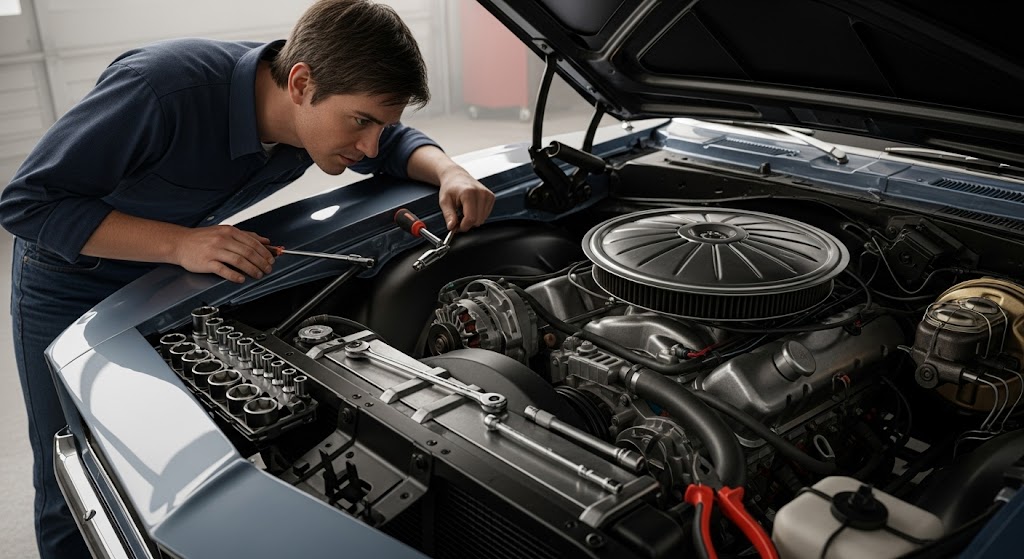
2. Overheating Engine:
- Symptoms: Temperature gauge rises to “H” or into the red, steam coming from under the hood, a sweet burning smell (coolant), burning smell of plastic/rubber.
- What to Do Immediately:
- Pull over safely and turn off the engine.
- Turn off the A/C and turn on the heater to max (this pulls heat away from the engine).
- Allow the engine to cool down for at least 15-30 minutes. Do NOT open the hood immediately, as hot steam and fluids can cause severe burns.
- Once cooled, check the coolant reservoir (usually a white tank). The level should be between “low” and “full.” Add a 50/50 mix of coolant/antifreeze and distilled water if needed.
- Inspect for leaks around hoses and connections (coolant is often green, blue, or orange and has a sweet smell).
- If you can’t identify the cause or the car continues to overheat, call for assistance/tow.
- Common Causes: Low coolant levels (due to leaks or not being refilled), faulty thermostat, malfunctioning water pump, damaged radiator or radiator fan, clogged hoses, low engine oil, blown head gasket.
- Prevention: Regularly check coolant levels, change engine oil on schedule, and get routine cooling system maintenance.
3. Brake Problems:
- Symptoms:
- Squeaking/Squealing: Often indicates worn brake pads (metal wear indicators).
- Grinding: More severe wear, possibly metal-on-metal (pads completely worn, damaging rotors).
- Spongy/Soft Pedal: Pedal goes down easily, less responsive braking. Can indicate low brake fluid, air in the hydraulic system, or a failing master cylinder.
- Hard Pedal: Requires excessive force to brake. Could be a problem with the brake booster, vacuum hose, or seized calipers.
- Car Pulls to One Side: Uneven braking, possibly due to a seized caliper, contamination of brake pads, or alignment issues.
- Vibration/Pulsing when Braking: Warped rotors or issues with steering/suspension.
- Leaking Brake Fluid: Puddles of clear to yellowish fluid under the car. Highly dangerous, as it can lead to total brake failure.
- Troubleshooting/Solutions:
- Check Brake Fluid Level: In the master cylinder reservoir. Low fluid needs to be addressed immediately.
- Inspect Brake Pads and Rotors: Look for wear, cracks, or discoloration.
- Listen for unusual noises: Pinpoint where they are coming from.
- Seek professional help: Brake issues are a major safety concern and should be addressed by a qualified mechanic promptly.
- Prevention: Regular brake checks, timely replacement of worn brake pads/rotors, and ensuring proper brake fluid levels and condition.
General Troubleshooting Tips:
- Consult your car’s owner’s manual: It contains specific information about your vehicle’s systems, warning lights, and troubleshooting steps.
- Pay attention to warning lights: The dashboard lights (Check Engine, Battery, Temperature, Brake, Oil Pressure) are your first indication of a problem.
- Note any unusual sounds, smells, or feelings: These can provide crucial clues for diagnosis.
- Don’t ignore problems: Small issues can quickly escalate into costly and dangerous ones.
- When in doubt, call a professional: For complex or safety-related issues, it’s always best to consult a certified mechanic.
Remember to prioritize your safety. If you feel unsafe driving your car, do not attempt to do so. Call for roadside assistance or a tow truck.
📝 Quick Car Troubleshooting Checklist
| Issue | Likely Cause | DIY Tip |
|---|---|---|
| Car won’t start | Dead battery | Jump-start car |
| Dim headlights | Bad battery or alternator | Test and replace if needed |
| Engine overheating | Low coolant | Add coolant, check leaks |
| Noisy brakes | Worn pads | Replace brake pads |
| Tire pressure drops | Puncture or valve issue | Patch tire or replace valve |
Final Thoughts
Being prepared for basic car troubleshooting not only gives you confidence but can also extend your car’s life and keep you safe. You don’t need to be a mechanic—just stay informed, stay alert, and keep essential tools handy.
🔎 Remember: Use Google to search your symptoms using phrases like:
- “Why is my car overheating?”
- “Car makes clicking noise when starting”
- “Best car maintenance tips for beginners”
Car Troubleshooting for Beginners
Q1. What should I check if my car won’t start?
Check the battery, fuel, ignition, and starter motor. Use jumper cables or a jump starter.
Q2. Is it safe to drive with the check engine light on?
If it’s solid, yes—but get it checked soon. If it’s flashing, stop driving immediately.
Q3. How often should I check my tire pressure?
At least once a month or before long trips


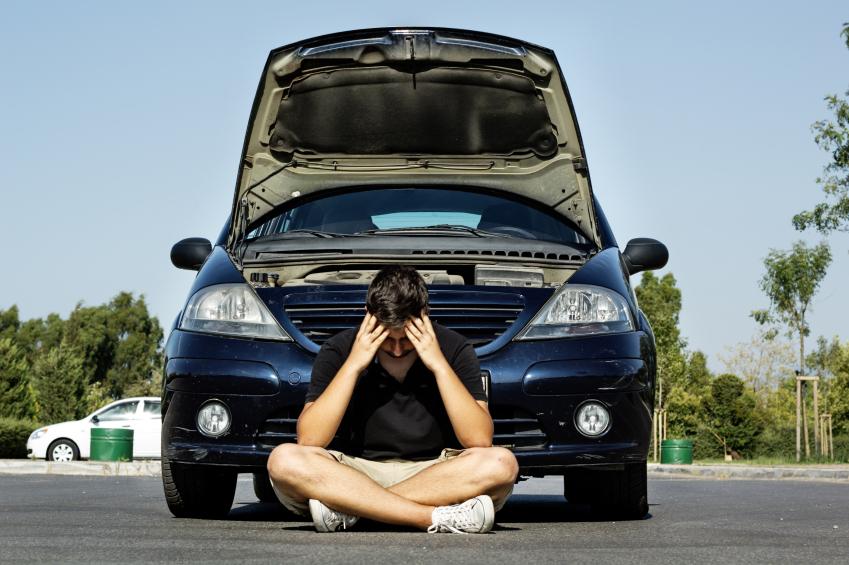


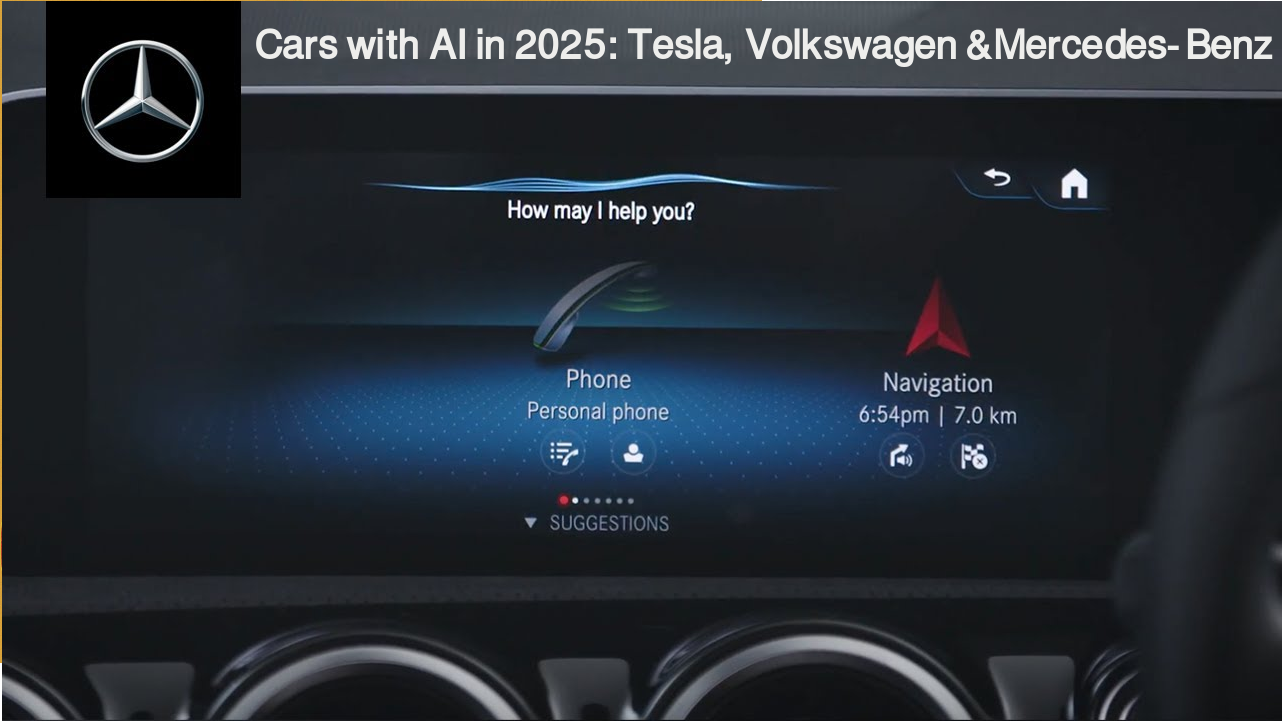






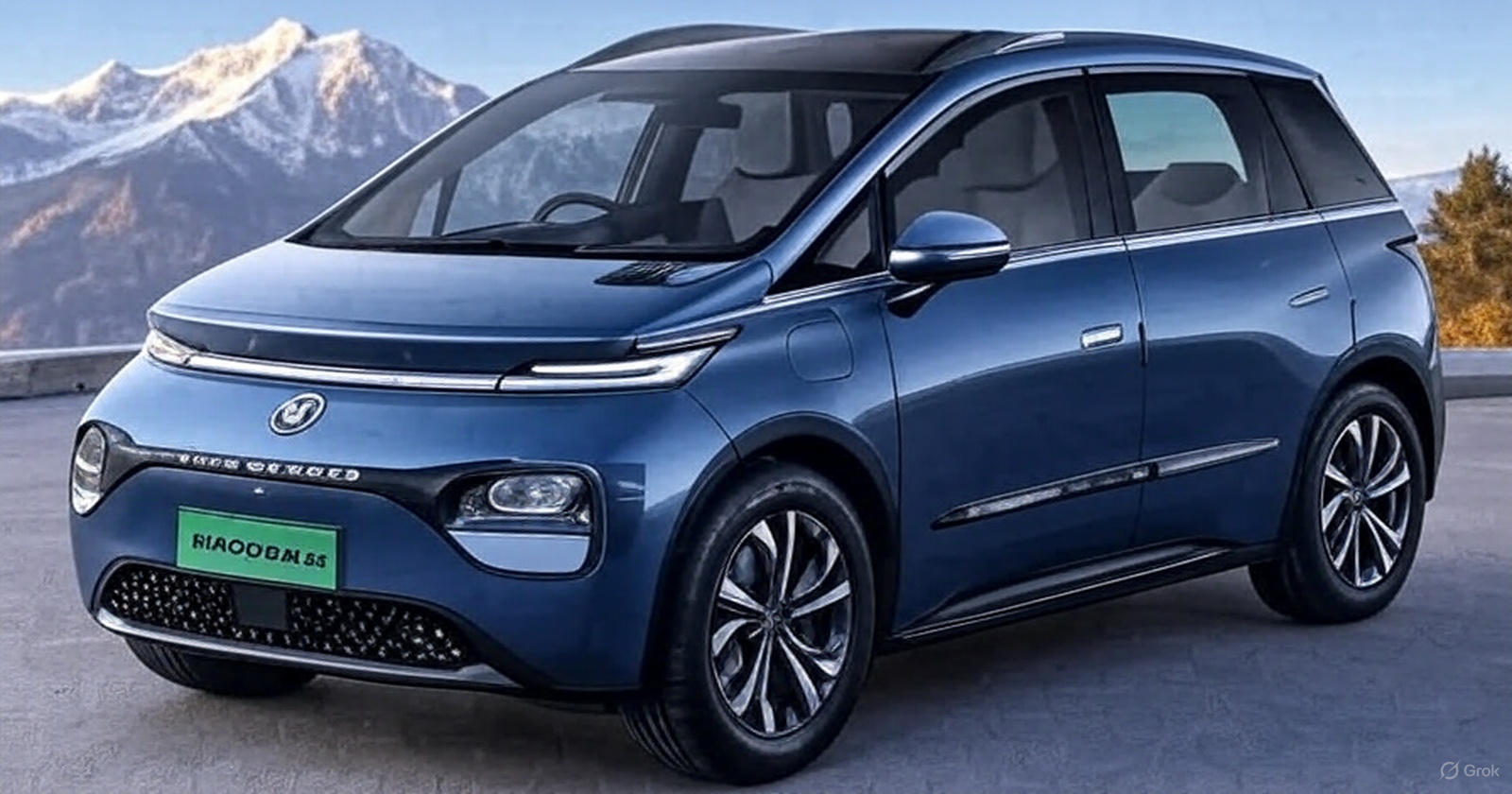
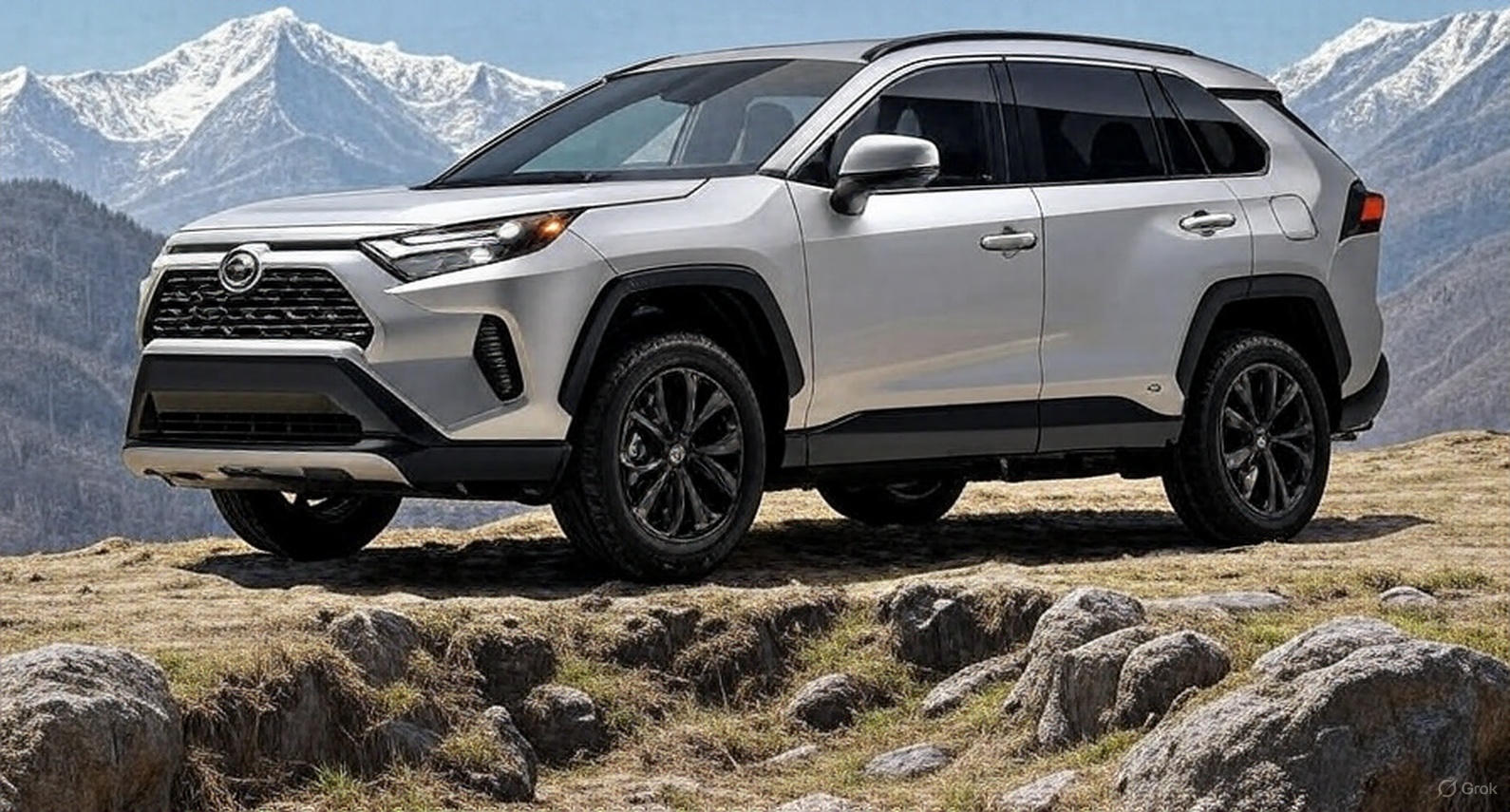
Leave a Reply